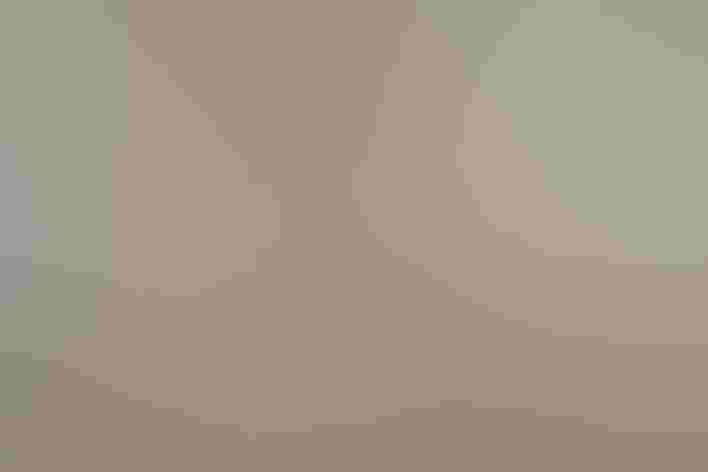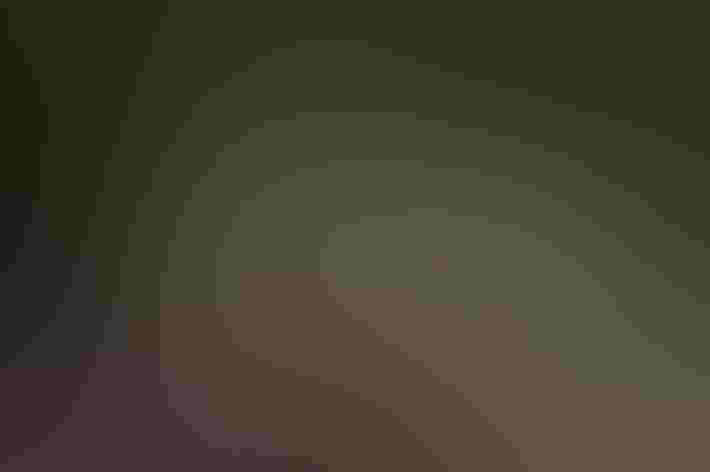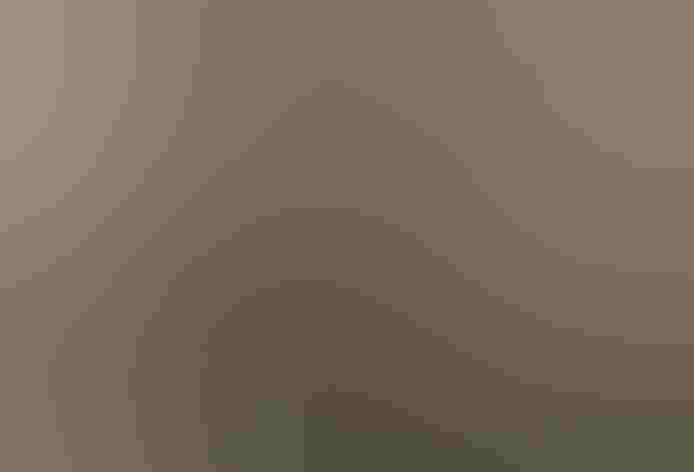Northern Wheatear
At a Glance
On fall weekends in the northeast, birders sometimes hope (but never expect) to find a Wheatear. This small chat enters the North American arctic from both directions, via both Greenland and Alaska, but almost all go back to the Old World in winter; only the occasional straggler appears south of Canada. Northern Wheatears can be found in summer on rocky tundra, where they are inconspicuous until they fly, flashing their tail pattern. In the Old World there are almost 20 species of wheatears, most of them in desert regions.
All bird guide text and rangemaps adapted from by Kenn Kaufman漏 1996, used by permission of Houghton Mifflin Harcourt Publishing Company. All rights reserved.
Category
Perching Birds, Thrushes
IUCN Status
Least Concern
Habitat
Fields, Meadows, and Grasslands, Shrublands, Savannas, and Thickets, Tundra and Boreal Habitats
Region
Alaska and The North, Eastern Canada, Mid Atlantic, New England
Behavior
Direct Flight, Flitter
Population
2.600.000
Range & Identification
Migration & Range Maps
Birds from eastern Canada migrate east via Greenland and Europe, to winter in Africa. Birds from Alaska and northwestern Canada cross Bering Strait and make long westward flight across Asia, also going to wintering grounds mostly in Africa.
Description
5 1/2-6" (14-15 cm). Striking tail pattern (like inverted black T on white) and white rump. Dark mask and wings in summer (female duller). Fall immatures are mostly warm buff; note tail pattern, perky behavior.
Size
About the size of a Sparrow
Color
Black, Brown, Gray, Orange, Tan, White
Wing Shape
Pointed
Tail Shape
Rounded, Square-tipped
Songs and Calls
Harsh chak-chak! Song is a jumble of warbling notes.
Call Pattern
Complex, Falling, Undulating
Call Type
Chirp/Chip, Rattle, Whistle
Habitat
In summer, rocky tundra, barren slopes. Breeds on dry northern tundra with many exposed rocks and boulders, especially where these are near mats of dwarf shrubs a few inches high. Migrants may be seen on any kind of open ground, including vacant lots, barren fields, coastal meadows. In Eurasia, very widespread in open country.
Sign up for 爆料公社's newsletter to learn more about birds like the Northern Wheatear
Behavior
Eggs
5-6, sometimes 3-8. Pale blue, either unmarked or with fine reddish brown dots at larger end. Incubation is mostly or entirely by female, about 13-14 days.
Young
Both parents feed nestlings, but female may do more. Young leave nest about 15 days after hatching. Probably 1 brood per year.
Feeding Behavior
Forages mostly on the ground, running short distances and then stopping to pick up items. May run and flutter in pursuit of active insects. Also often watches from a perch a couple of feet up, then flies down take item on ground. Sometimes flies out to catch insects in mid-air.
Diet
Mostly insects, some berries. Diet in North America not known in detail. In Eurasia feeds mostly on insects, especially beetles, also ants, caterpillars, grasshoppers, true bugs, flies, and many others. Also eats spiders, centipedes, snails. Often feeds on berries, perhaps mainly in summer and fall.
Nesting
Male defends territory by singing, often in song-flight display. Song often includes imitations of other birds. In one courtship display, female crouches on ground while male leaps back and forth above her, very rapidly, with wings and tail spread. Also other postures and displays, many showing off tail pattern. Nest site is on ground on dry tundra, usually in hole under rock, in crevice among large stones, or in old rodent burrow. Nest, probably built by female, is placed within this shelter; variable cup of grass, twigs, weeds, lined with finer material such as moss, lichens, rootlets, fine grass.
Conservation
Conservation Status
North American population probably stable; may be increasing as a breeder in northeastern Canada.









